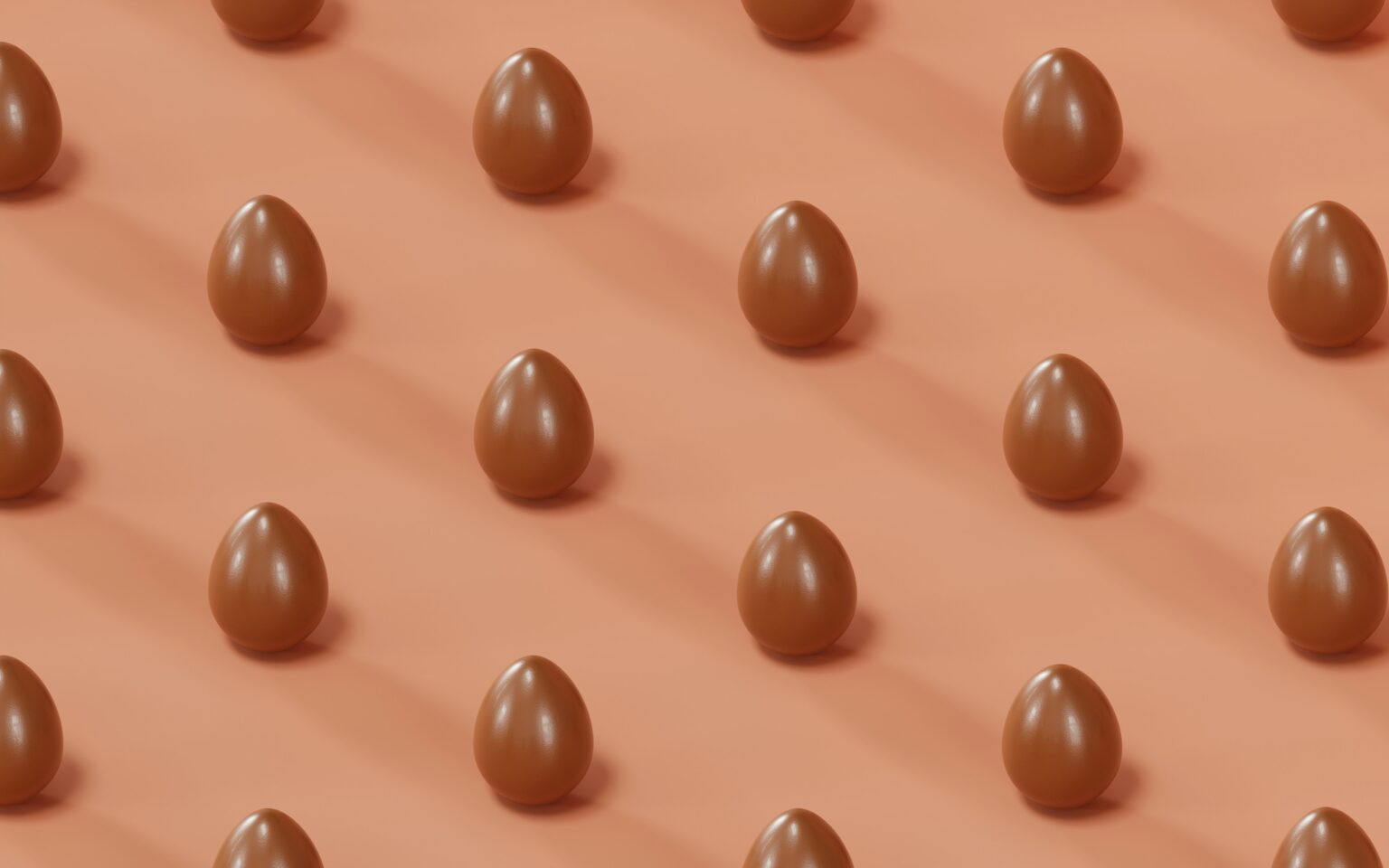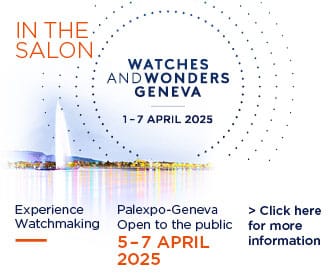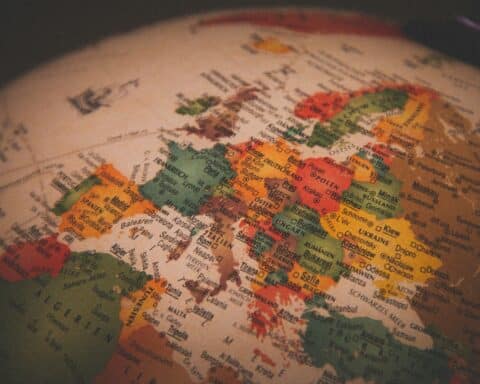Childhood nostalgia, egg hunts, magical window displays… For French master chocolatiers, Easter is much more than a festive occasion; it is a crucial time of year, as strategic as it is delicious. But behind the praline bunnies and nougatine eggs lies an increasingly tense economic reality.
A true showcase of artisanal excellence, Easter is a time when brand image is as important as the cocoa paste itself. Monumental sculptures, themed eggs, signature recipes: artisan chocolatiers and major chocolate makers compete with each other in boldness and inventiveness to stand out from the crowd.
But this extravagance of creativity comes at a price at a time when cocoa is becoming a luxury product. Harvests have been particularly poor in Côte d’Ivoire and Ghana, two countries that account for two-thirds of the world’s cocoa bean production.
Not to mention that producing these unique pieces requires time, skilled labor, and high-quality raw materials—a luxury that is increasingly difficult to afford.
Easter is therefore no longer just a sweet celebration, it is a symbol of artisanal resilience. In a world saturated with standardized products, handmade, authentic, and committed chocolate deserves our support. Because behind every decorated egg lies a silent battle: that of quality against quantity, craftsmanship against assembly lines, passion against pressure.
Up to 20% of annual turnover
In 2024, sales made at Easter are expected to reach €331 million, and those made in December €711 million, according to a study by BPI France.
In workshops and shops across France, bells ring out mainly as a business alert. Indeed, the Easter period accounts for between 15 and 20% of annual turnover for many artisan chocolate makers. “It’s a season where everything is decided in a few weeks. We focus all our creativity, stock, communication, everything,” says a Parisian master chocolatier.
According to the chocolate union, in 2023, the French consumed more than 15,000 tons of chocolate for Easter, representing a market estimated at more than $325 million.
$6,000 per ton
The problem lies in the costs. Since 2021, the price of cocoa has skyrocketed, reaching a record high of $6,000 per ton in February 2024, compared to an average of $2,400 three years earlier. The causes include climate change, disappointing harvests in Côte d’Ivoire and Ghana—which account for 60% of global production—and increased speculation on the markets.
As a result, margins are shrinking dramatically, especially as artisans often refuse to pass on the full increase to their customers. “We can’t sell an egg for $70 to families, it would be indecent. We’re gritting our teeth,” laments a chocolatier in Lyon.
$51 on average in France
While egg hunts remain an Easter staple, the figures reveal a more mixed picture for the chocolate market in France. The culprit: galloping inflation, which is dampening chocolate enthusiasm. According to UFC Que Choisir, the price of Easter treats has jumped 14% in one year, prompting consumers to cut back on their purchases. As a result, the volume of chocolate purchased at Easter has been in steady decline since 2020.
However, the French remain very attached to this tradition. The average basket is still €51, according to a Bonial study. Although more expensive, molded rabbits and bells appeal to 64% of consumers, far ahead of eggs (50%) and fried chocolate (17%), which are the cheapest per kilo. This is paradoxical, given that price remains the primary purchasing criterion for two out of three French people.
In supermarkets, the price war is raging: 70% of sales are made in supermarkets, which are focusing on organic, fair trade, and attractive ranges.
A third of sales go to dark chocolate
Much more than in most other European countries, the French preference for dark chocolate can be explained in part by its widely publicized health benefits: rich in antioxidants, low in sugar, good for the mood… there is no shortage of arguments to appeal to consumers concerned about their well-being.
According to the Syndicat du Chocolat, 30% of French people say they prefer dark chocolate, compared with just 5% on average in the rest of the European Union. This marked difference highlights the French cultural attachment to a more intense and refined chocolate.
France in the top 10 world’s biggest chocolate eaters
With an average consumption of 7 kg per capita per year, France ranks among the world’s top 10 largest consumers of chocolate. At the top of the list is Switzerland, with 10.3 kg per capita, followed by Germany (9.2 kg) and the United Kingdom (8.4 kg).
3.5 billion euros for mass distribution alone
Another factor contributing to the industry’s vulnerability is fierce competition from large retailers, which flood the shelves with low-cost industrial chocolate, sometimes imported from Asia and often made from substitutes. This is an unequal price war, in which artisan producers are fighting to preserve their place.
In 2023, total annual sales of chocolate in supermarkets reached €3.5 billion, with 334,000 tons sold, while overall household consumption was close to €9.8 billion, according to the Syndicat du Chocolat (Chocolate Union).
France, Europe’s third largest producer
While 92% of French people buy chocolate for Easter, only a third do so from an artisan. The fight to promote “real” chocolate, made with passion, traceability, and quality, is more relevant than ever.
Behind this passion lies a fragile economy: 90% of companies in the sector are SMEs, representing 30,000 direct jobs. France, Europe’s third-largest producer, accounts for 10% of continental production and ranks sixth in global exports.
At Easter, these small businesses have to share barely a quarter of the turnover, which is dominated by giants such as Ferrero, Lindt, Cémoi, and Mondelez, as well as private label brands. In this context, the chocolate festival remains a strategic event… but not without a hint of bitterness.
Read also > Chocolate in all its forms at Easter in Parisian luxury hotels
Featured Photo: © Rodion Kutsaiev/Unsplash+















